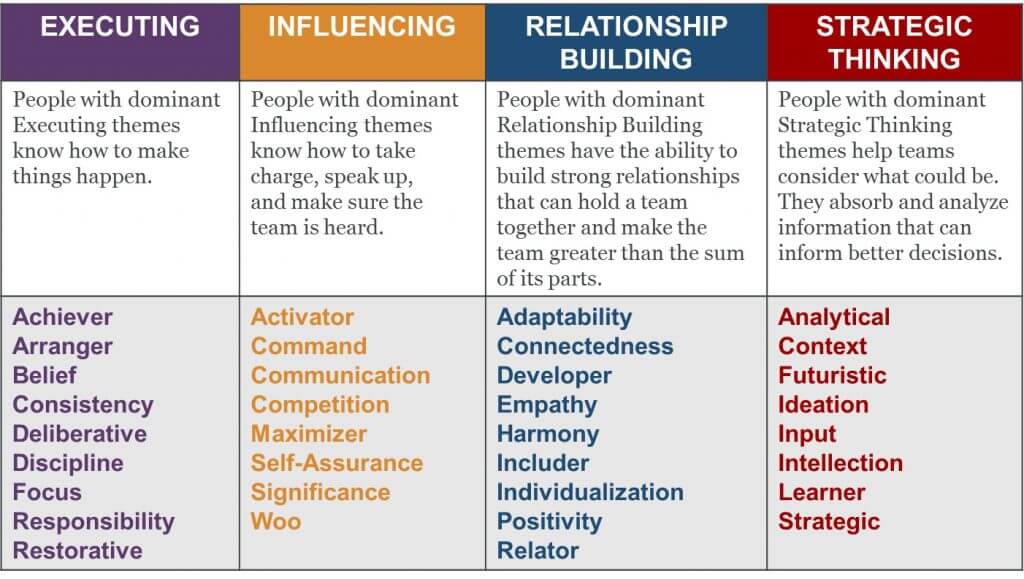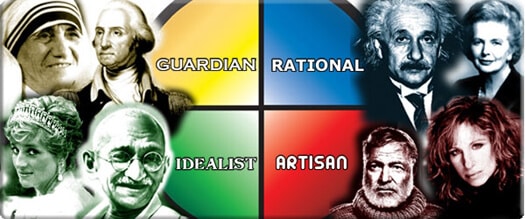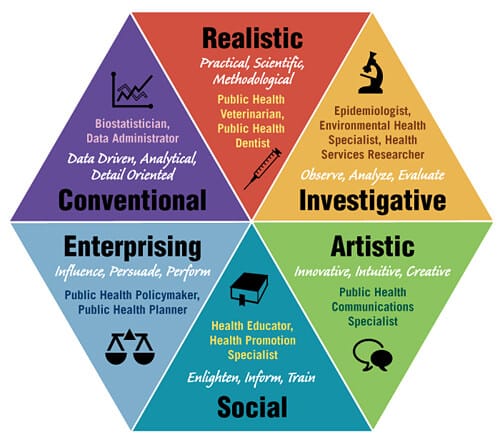OUR THERAPEUTIC APPROACH
We focus on an individualized approach to healing and growth. Each client is assessed to build a plan unique to their needs.
We utilize a highly individualized and client-centered approach to success.
Upon enrollment, each client is assessed to formulate a treatment plan unique to his or her challenges, needs and goals. Our multi-disciplinary team comprised of highly trained professionals aims to honor each young adult as a distinctive individual. There are no two pathways to success that will be exactly the same. Therefore we, as a team with the client, navigate towards individuated success.
Our clinical team is comprised of educated and qualified professionals.
Clinicians meet weekly as a team to review and have client’s cases supervised by the Clinical Director at ATC. Therapists carry small manageable caseloads so that each client is afforded the individual attention necessary to affect positive change. ATC utilizes a number of different therapeutic modalities in order to address our clients’ unique needs.
ATC utilizes a relational approach with clients, meeting them where “they’re at” with the therapy agenda being led by the client. In the advent that clients are resistant to formal therapy, therapists use creative approaches to work with clients in informal ways that can build a relationship of trust in hopes that clients engage more in the therapeutic process. ATC offers a number of unique group therapy opportunities depending on the individual client’s needs.

Our Program Includes:
-
Anxiety / Depression
-
Individual and Group Life Skills Training
-
Aftercare Support
-
Experiential Groups
-
Coping and Self Care
-
Vocational Services
-
Colleague Mentoring
-
Trauma Counseling
-
Community Service and Integration
-
Personal Tutoring
-
Process Groups
-
Mindfulness
-
Substance Abuse Group Support
-
Outdoor Recreation and Adventure
Therapeutic Approach
DBT - Dialectical Behavior Therapy
DBT and CBT what is the difference.
How is CBT similar and different from DBT?
CBT seeks to give patients the ability to recognize when their thoughts might become troublesome, and gives them techniques to redirect those thoughts. DBT helps patients find ways to accept themselves, feel safe, and manage their emotions to help regulate potentially destructive or harmful behaviors.
The six main points of Dialectical Behavior Therapy
- DBT is still an evolving medical treatment that will hopefully be used to treat other mental health issues. …
- Acceptance of situations.
- Change oriented strategies.
- Emotions regulation.
- Distress tolerance.
- Interpersonal effectiveness.
According the MAYO Clinic:
Cognitive behavioral therapy (CBT) is a common type of talk therapy (psychotherapy). You work with a mental health counselor (psychotherapist or therapist) in a structured way, attending a limited number of sessions. CBT helps you become aware of inaccurate or negative thinking so you can view challenging situations more clearly and respond to them in a more effective way.
CBT can be a very helpful tool ― either alone or in combination with other therapies ― in treating mental health disorders, such as depression, post-traumatic stress disorder (PTSD) or an eating disorder. But not everyone who benefits from CBT has a mental health condition. CBT can be an effective tool to help anyone learn how to better manage stressful life situations.
Why it’s done
Cognitive behavioral therapy is used to treat a wide range of issues. It’s often the preferred type of psychotherapy because it can quickly help you identify and cope with specific challenges. It generally requires fewer sessions than other types of therapy and is done in a structured way.
CBT is a useful tool to address emotional challenges. For example, it may help you:
- Manage symptoms of mental illness
- Prevent a relapse of mental illness symptoms
- Treat a mental illness when medications aren’t a good option
- Learn techniques for coping with stressful life situations
- Identify ways to manage emotions
- Resolve relationship conflicts and learn better ways to communicate
- Cope with grief or loss
- Overcome emotional trauma related to abuse or violence
- Cope with a medical illness
- Manage chronic physical symptoms
Mental health disorders that may improve with CBT include:
- Depression
- Anxiety disorders
- Phobias
- PTSD
- Sleep disorders
- Eating disorders
- Obsessive-compulsive disorder (OCD)
- Substance use disorders
- Bipolar disorders
- Schizophrenia
- Sexual disorders
In some cases, CBT is most effective when it’s combined with other treatments, such as antidepressants or other medications.
Motivational Interviewing
Motivational interviewing is a counseling method that involves enhancing a patient’s motivation to change by means of four guiding principles, represented by the acronym RULE: Resist the righting reflex; Understand the patient’s own motivations; Listen with empathy; and Empower the patient.
The five principles of motivational interviewing, principles that focus on empowering patients, that make the treatment different from more traditional therapies.
- Express and Show Empathy Toward Clients.
- Support and Develop Discrepancy.
- Deal with Resistance.
- Support Self-Efficacy.
- Developing Autonomy.
The MI 4 Processes include Engaging, Focusing, Evoking, and Planning. These processes are not linear or a step-by-step guide to MI.
G.R.A.C.E.
- Generate a Gap in client’s stories
- Roll with resistance for change
- Avoid Arguing
- Can Do attitude
- Empathy
Stages of Change:
- Pre-contemplation: Avoidance.
- Contemplation: Acknowledging that there is a problem but struggling with ambivalence.
- Preparation/Determination: Taking steps and getting ready to change.
- Action/Willpower: Making the change and living the new behaviors.
EMDR Therapy
EMDR is an eight-phased treatment method used to help combat traumatic experiences and other mental health disorders. The phases are broken up into history taking, client preparation, assessment, desensitization, installation, body scan, closure, and examining the progress of the treatment. In successful EMDR therapy, the meaning of painful trauma events is transformed on an emotional level. For instance, a rape victim shifts from feeling horror and self-disgust to holding the firm belief that, “I survived it and I am strong.” Unlike talk therapy, the insights clients gain in EMDR therapy result not so much from clinician interpretation, but from the client’s own accelerated intellectual and emotional processes. The net effect is that clients conclude EMDR therapy feeling empowered by the very traumatic experiences that once debased them.
As a natural outcome of the EMDR phases, the client’s thoughts, feelings, and behavior are all indicators of emotional health and resolution—all without speaking in detail or doing homework used in other therapies.
Assessment Tools
Clifton Strengths Finder
The Clifton Strengths Finder is the culmination of more than 50 years of Dr. Donald O. Clifton’s lifelong work: leading millions of people around the world to discover their strengths.
This assessment tool identifies an individual’s top 5 strengths, among 34 themes, and includes detailed strategies on how to apply our natural talents and strengths versus devoting more time to fixing our shortcomings.

Keirsey Temperament Sorter
Keirsey Temperament Sorter is the most widely used personality instrument in the world. It is a powerful 70 question personality instrument that helps individuals discover their personality type.
The KTS-II is based on Keirsey Temperament Theory, published in the bestselling books, Please Understand Me by Dr. David Keirsey.

Strong Interest Inventory and Myers-Briggs Type Indicator Career Report
Strong Interest Inventory and Myers-Briggs Type Indicator Career Report with Strong Profile and Strong College Profile is a powerful tool that can help make satisfying decisions about career and education. Understanding the Strong Profile can help identify a career focus and begin the career planning and exploration process.
The Strong assessment matches one’s interests with six types of work environments. The MBTI assessment describes one’s personality type and matches it with the types of work. Combining the Strong and MBTI assessments helps an individual assess what they might like to do, where they might like to work and how they might like to work and learn.

